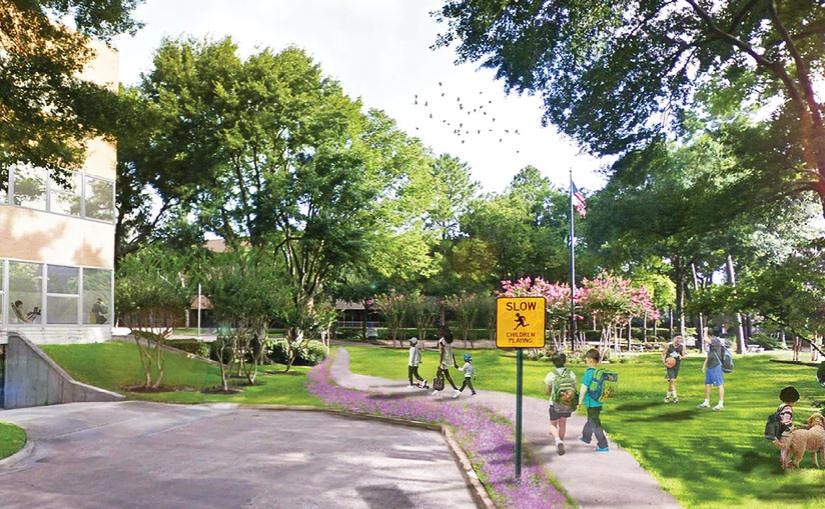The Greater Houston Flood Mitigation Consortium’s Greens Bayou Watershed Analysis and Resiliency Planning effort, which was highlighted yesterday on the Urban Edge, represents a novel approach to addressing this challenge. By joining a technical engineering and modeling team from the Severe Storm Prediction, Education, & Evacuation from Disasters Center at Rice University with community planners from the Community Design Resource Center at the University of Houston, the effort brought technical information directly to residents as a part of the engagement effort.
Focused on the Greens Bayou Watershed and four communities within it, the project began with modeling by the SSPEED Center to gain a thorough understanding of the watershed, documenting where existing flooding was occurring and identifying where issues areas seemed to be. That technical work was then fact-checked in workshops with key community leaders and other stakeholders to ground truth and verify issues. The public workshops were also used as a way to solicit input about potential infrastructural and policy interventions. Ahead of a second workshop, SSPEED modeled a round of mitigation options and showed what impact each would have on flooding in the communities. The CDRC created a list of potential design interventions and those were presented alongside the consortium’s information.
The technical work and community input were iterated off one another, and the technical team was able to tweak and respond to local knowledge. Additionally, community members can incorporate advanced science and technical information into advocacy. The final plans also benefit from incorporating both elements in meaningful ways.
This effort provides a model that should be emulated in future engagement in the region. Other recent efforts have embraced aspects of these approaches. For example, the Harris County Flood Control District and Harris County Judge’s Office brought experts into public meetings for the August 2019 bond projects and offered more engaged information sharing than ever before. This ensures communities have access to detailed technical information that could transform the input public officials receive. The earlier that information is shared in any process, the more effectively residents can understand the scope of project and articulate a meaningful response.
The Greens Bayou study shows that residents are hungry for information to base their decisions. It also shows that residents are more than capable of interpreting and implementing technical information into their perspectives. It behooves us to expand such approaches and to work to help every resident understand the projects and proposals affecting them.

